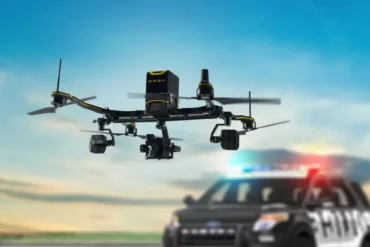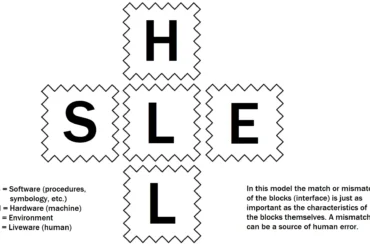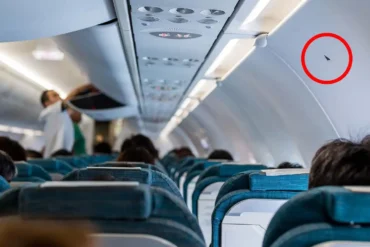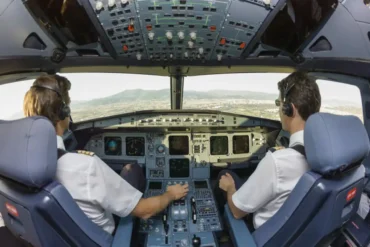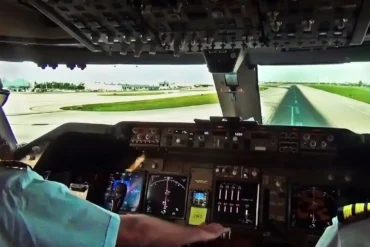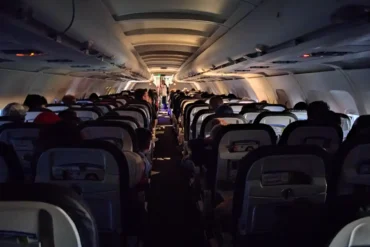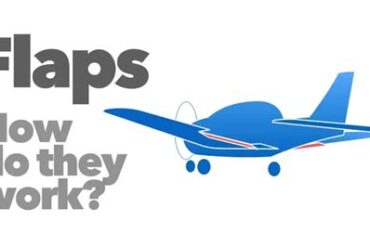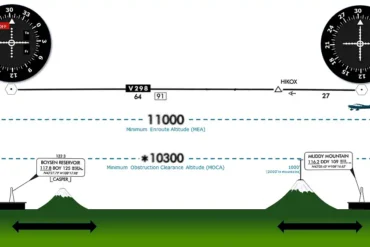Hey there, fellow aviators! Rejecting a takeoff can be a nerve-wracking situation, but having a solid plan in place can make all the difference. Let’s break it down and explore how to prepare and execute a smooth rejected takeoff like a true pro.
Why Reject a Takeoff: Emergencies and Abnormalities
Whether you’re flying a trusty Cessna Skyhawk or a sleek Airbus A320, various emergencies and abnormalities during takeoff could prompt a rejected takeoff. Here’s a quick rundown of some common culprits: engine failure, unexpected door opening, runway incursion, pressurization issues, oil pressure problems, stall protection glitches, insufficient acceleration, engine vibrations, wind shear encounters, fire (yikes!), loss of directional control, or even ATC telling you to abort. If anything feels off or unusual during takeoff, it’s better to play it safe and reject the takeoff at a lower speed.
Plan Your Takeoff Strategy (Safety First!)
No matter if you’re flying solo, with a buddy, or as part of a crew, it’s crucial to discuss and establish your criteria for a rejected takeoff. Airlines require their pilots to do this, and it’s a smart move for general aviation (GA) pilots too. Clearly outline the conditions under which you’ll proceed with the takeoff or decide to reject and remain on the runway. While you can’t account for every possible scenario, having these criteria defined makes decision-making during takeoff a breeze.
For piston airplane pilots, high-speed rejection concerns aren’t as pronounced as they are for jet jockeys. In the realm of piston aircraft, the general rule is simple: if you haven’t achieved liftoff and encounter an issue, it’s usually safer to stay on the ground. Only become airborne in small aircraft if you’re faced with insufficient runway remaining, or if the issue is minor and manageable after takeoff.
Addressing Runway Length Concerns: FAA Guidelines
According to Chapter 5 of the FAA’s Airplane Flying Handbook, our trusty aviation experts provide clear guidance on runway length concerns. They emphasize identifying a specific point along the runway where your aircraft should become airborne. If you haven’t taken off by that point, the handbook advises taking immediate action to discontinue the takeoff. A well-planned and executed response allows the airplane to come to a safe stop on the remaining runway without resorting to excessive braking, which could lead to loss of directional control, aircraft damage, or personal injury (no thanks!).
How To Execute a Rejected Takeoff
Executing a rejected takeoff is a straightforward process: Reduce Power to Idle, Maintain Directional Control, and Apply Maximum Necessary Braking. Remember to always follow the specific procedure recommended by your aircraft manufacturer. In case of an engine fire during a rejected takeoff, consider bringing the mixture control to the idle cutoff to halt fuel flow to the engine, then follow the designated procedure for handling an engine fire on the ground.
Braking Considerations During Takeoff Rejection (Smooth Moves!)
When applying “maximum necessary braking” during a rejected takeoff, there are a few things to keep in mind. If you have plenty of runways ahead, aggressive braking might not be necessary. Aerodynamic braking could do the trick, and sometimes, you might not even need to use the brakes at all. Aim for a balanced approach, using just enough braking to bring the aircraft to a safe stop before reaching the end of the runway.
Why avoid aggressive braking? As you approach rotation speed, the weight on your tires decreases due to the lift generated by the wings. This makes it easier to lose directional control if you apply the brakes aggressively during a rejected takeoff. Additionally, aggressive braking, especially at high speeds, increases the risk of locking up a tire, potentially leading to brake lock or tire damage. Following the FAA’s guidance on “maximum necessary braking” means braking only as much as necessary for the remaining runway distance.
Clear Communication of Actions (Stay Calm and Inform!)
After successfully reducing speed and averting the imminent threat, promptly communicate your intentions. Use the CTAF frequency to inform ATC or other aircraft about the rejected takeoff, your intended runway exit point, and whether you need any additional assistance.
Don’t rush to exit the runway immediately after a rejected takeoff. Take a moment to catch your breath, decelerate the airplane to a manageable speed, and then carefully choose a safe exit point from the runway. Easy does it, and you’ll nail that rejected takeoff like a champ!


